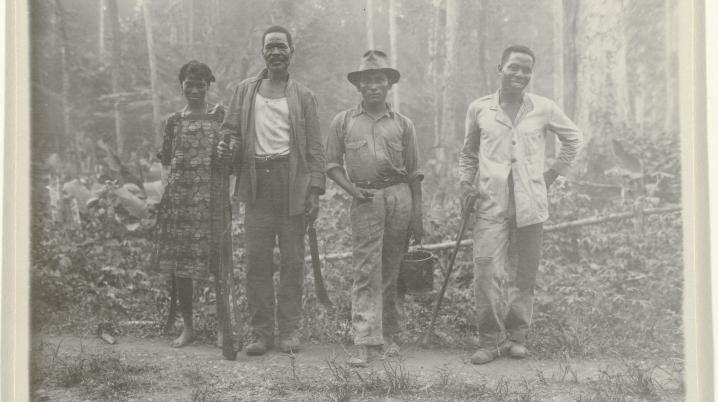
Shackles and Bonds: latest and final book in the Rijksmuseum's Country Series
Shackles and Bonds
Last week Shackles and Bonds (Dutch: Ketens en Banden) was published: the final piece in the Rijksmuseum’s Country Series, written by Eveline Sint Nicolaas (curator of History at the Rijksmuseum). The book tells the shared history of Suriname and the Netherlands since 1600, using objects from the museum’s collection. Viewing paintings, drawings, artefacts and photographs from multiple perspectives allows for a diversity of stories.
Every object tells a story
A glass, used to raise a toast to a plantation, tells of the appalling conditions in which enslaved workers lived on the sugar plantations. A viewing box, originally intended to showcase the property of its owner, now reveals the position of enslaved people working on this plantation. Photographs from an early twentieth-century album include jewellery belonging to South Asian indentured workers, but what meaning did these items have?
The book also pays attention to the personal stories of Surinamese people who visited the Netherlands over the centuries. Who were they, and why did they make the journey? The book concludes in 1975, the moment when Suriname was declared a republic and when the formal ties between the two nations were broken, but the shared history persists to this day.
Rijksmuseum’s Country Series
Each book in the Rijksmuseum’s Country Series uses objects from the collection to explore history that the Netherlands shares with other countries. The book on Suriname was preceded by publications on Indonesia, Japan, China, India, Sri Lanka, South Africa and Ghana. The series is published by the museum’s History Department. For the translation into English, the museum received a contribution from the Shared Cultural Heritage Matching Fund.

